Have you ever wondered “why” about Japan? Discover Japanese answers to questions that Japanese are often asked by foreigners. I hope you can solve your doubts about Japan and make your life in Japan more enjoyable.
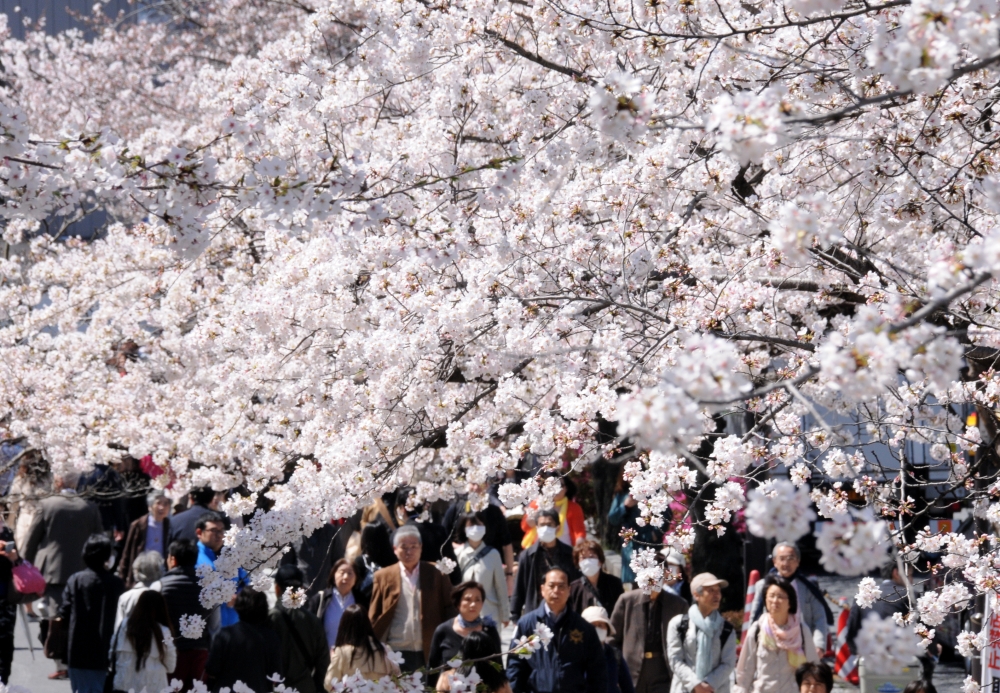
Q1 Why are there so many cherry trees in Japan?
Cherry trees have been planted all over Japan as a sacred tree. The cherry tree is the most popular tree to be planted in school yards in Japan. This is because most Japanese people love cherry trees. It is customary to have a picnic to enjoy the cherry blossoms when they are in bloom.
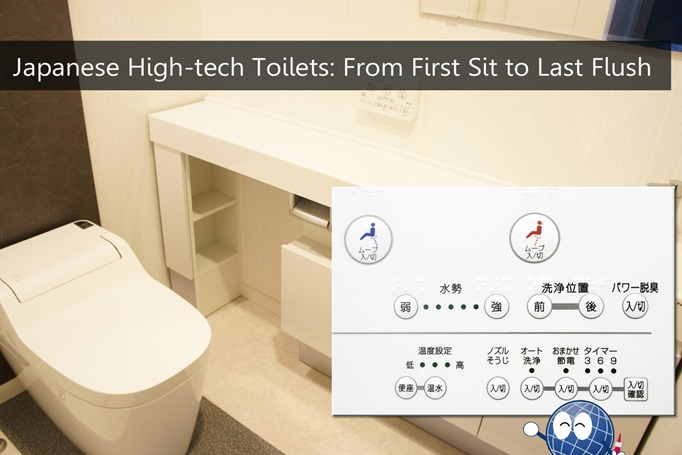
Q2 Why are Japanese toilets so high-tech?
Because Japanese people like to keep things clean. The modern Japanese toilet was developed for home use in Japan and was introduced to the market in 1980. Japan's high-tech toilets have not only a hot-water toilet seat function, but also a deodorizing function, a hot air drying function, and a warming toilet seat function, among many other features.

Q3 Why do Japanese pedestrians obey the traffic lights even when there are no cars around?
Japanese people think it is good to obey the rules. It is said to be because they value the maintenance of social order. However, there are people who cross the street even when there is a red light.

Q4 Why do lost wallets get returned to their owners in Japan?
Japan is said to be one of the most honest countries in the world: in 2016, police in Tokyo received about 367 million yen in lost property in one year.

Q5 Why are the Japanese so punctual?
Japan is said to be one of the most honest countries in the world: in 2016, police in Tokyo received about 367 million yen in lost property in one year.
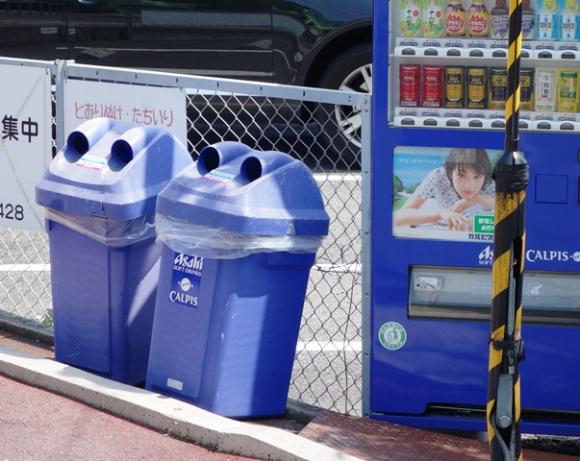
Q6 Why is it that Japan is so clean without a trash can?
Most of the time we take our trash home or throw it in the trash cans we find. Cleaning up has been a tradition since we were little. I think the Japanese take pride in it.

Q7 Why do Japanese people make noise when they eat noodles?
Slurping the noodles vigorously helps us to feel the aroma and makes the noodles taste better. The sound is pleasing to Japanese. In Japan, people enjoy slurping their noodles by slurping them with a lot of noise.
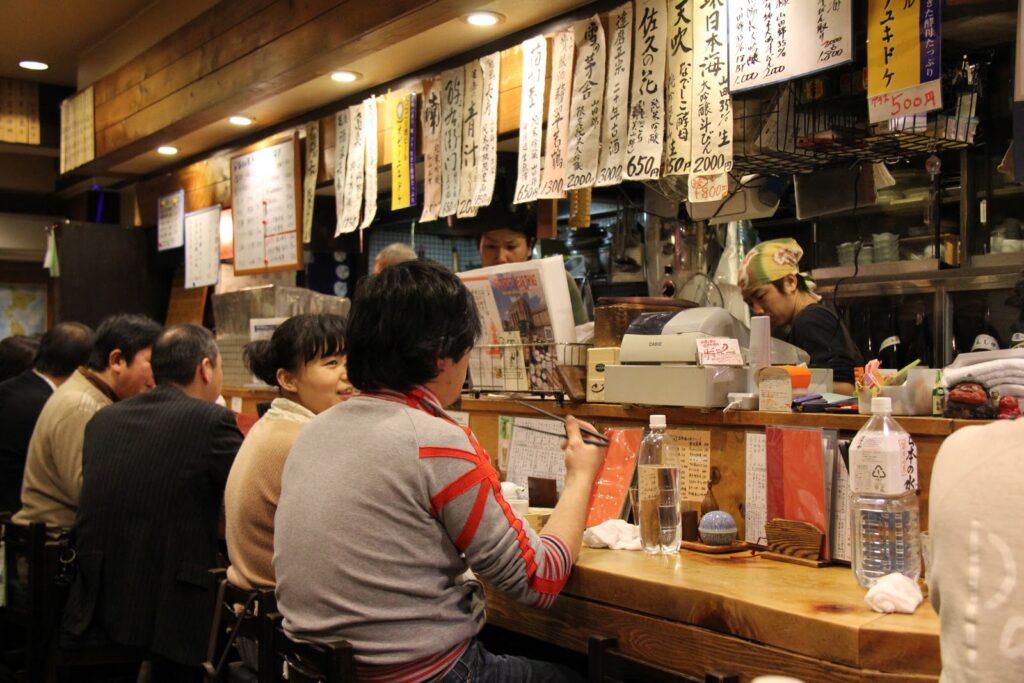
Q8 Why are there so few bad restaurants in Japan?
Because if the food is not good, the restaurant will go out of business. A lot of people are interested in a healthy and balanced diet.
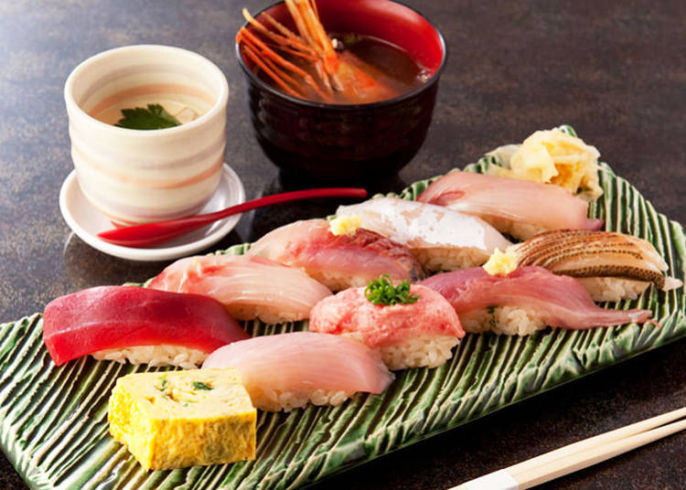
Q9 Do Japanese eat sushi every day?
No, they don't eat sushi every day. There are some dishes that are similar to what you would find in a Japanese restaurant, but there are many other meals that are not sushi.

Q10 Why are wet towels served in restaurants?
It's called an oshibori and is used to clean your hands and mouth. It can come out after as well as before a meal. This may include a warm hand towel and a cold hand towel in the summer.

Q11 Why do you pour your partner's drink when you're having a drink?
It is considered to be a form of hospitality. As a custom, younger people pour drinks out of respect for older people. At farewell parties and weddings, everyone pours a drink for the person being blessed. Business people always pour alcohol for their business partners.

Q12 What does it mean to say "Itadakimasu"?
For Japanese people, the phrase is the same as saying a prayer before a meal. It is a way of expressing gratitude for the people and ingredients that prepared the meal. The word is related to the Buddhist teaching of respecting all food. But it is actually used in the sense of "Let's eat, then," or "Thank you for the food.

Q13 What does it mean to say "Gochisosama"?
It is said to be a word of gratitude for the person who made or served the food. Some people say it is a word to express gratitude for the food you eat. The word "chisou" means to run around. The reason for this is that in the past, people used to run around to get food for their customers. The "go" is a prefix and the "sama" is a suffix, which is what makes it "chisou" goshenkei.

Q14 What is the difference between Soba, Udon and Ramen?
Soba is made from buckwheat noodles and has a gray color. Udon noodles are made from wheat flour and usually have a white color. Ramen noodles are made of wheat flour and the main noodles are long and elastic. The noodles are of different thickness. Udon noodles, ramen noodles and soba noodles are thicker, in that order.

Q15 What is Tonkotsu?
It's literally a pork bone. It is often referred to as the juice of Ttonkotsu ramen. Tonkotsu ramen is really rich in flavor. The soup is made by boiling the Tonkotsu for at least a day. The pork bone broth contains a lot of collagen and is said to be good for your beauty.
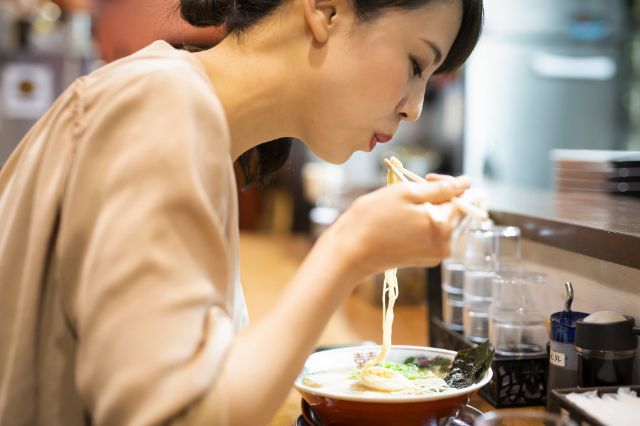
Q16 Isn't Japanese ramen a Chinese dish?
Chinese noodles were first introduced in Yokohama's Chinatown in the 19th century. Since then, ramen has spread throughout Japan. Many Japanese chefs developed their own ways of making noodles and soup, as well as seasonings and garnishes. Ramen is now a symbol of Japanese culture, and there is even a Ramen Museum in Yokohama.

Q17 Why are there so many different types of canned coffee in Japan?
It's because there are so many people who love canned coffee. One reason is that there are about 2,000 vending machines all over Japan that sell coffee. There are more than 100 different types of canned coffee, and about 10 billion canned coffee bottles are sold in Japan each year. One coffee maker uses famous American actors to promote their canned coffee in Japan.

Q18 What is "Dashi"?
Dashi is a broth or soup stock used in Japanese cuisine. Dashi is an essential part of Japanese cuisine. The most common type of dashi is made by adding shaved kombu or dried bonito flakes to water and heating it. In most Sakikin households, granular or liquid instant dashi is used.
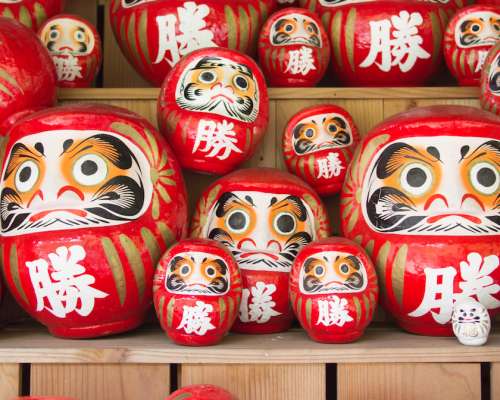
Q19 What is a Daruma?
They are round red dolls with no eyes, arms or legs, and they have a moustache and goatee. It is popular as a good luck charm today. The doll is made so that it can stad upright at all times. This is seen as a positive symbol of its strength.

Q20 What is a Teru Teru bozu?
It's a doll made of white cloth or paper. You actually hang it above a door and wish for good weather the next day before you pass under it. If you do the doll upside down, it is said that it will rain. Many children make a teru teru bozu doll and hang it up the day before a school trip or an event they are looking forward to and wish for good weather.

Q21 Why do the Japanese like Origami?
It is a very creative art form, and many Japanese people make origami beginning in kindergarten. We can make not only animals but also trash cans and other objects with origami. Nowadays, origami is very popular all over the world and many competitions are held for it.

Q22 What are Senbazuru?
This is an origami Tsuruga Senba linked together. Many people make them to wish for someone's success or health. It is believed that a person who finishes making the strings of the lines will have his or her wish come true. The red crane with a red head is the symbolic bird of Japan.

Q23 What is a Koinobori?
These carp-shaped streamers are displayed for Children's Day on May 5. Carp streamers are decorated to wish for the birth of children and their health. In May, you can see many carp streamers along the riverside and in the schoolyard.

Q24 What is a Capsule hotel?
The hotel allows you to sleep in a very small room with only one bed. The room is so small that only one person can lie down. The ceiling is so low that you can't even stand up. The reason it's called "Capsule" is because the individual rooms are extremely small. The nice thing about this place is that it's inexpensive and has a large bathroom.
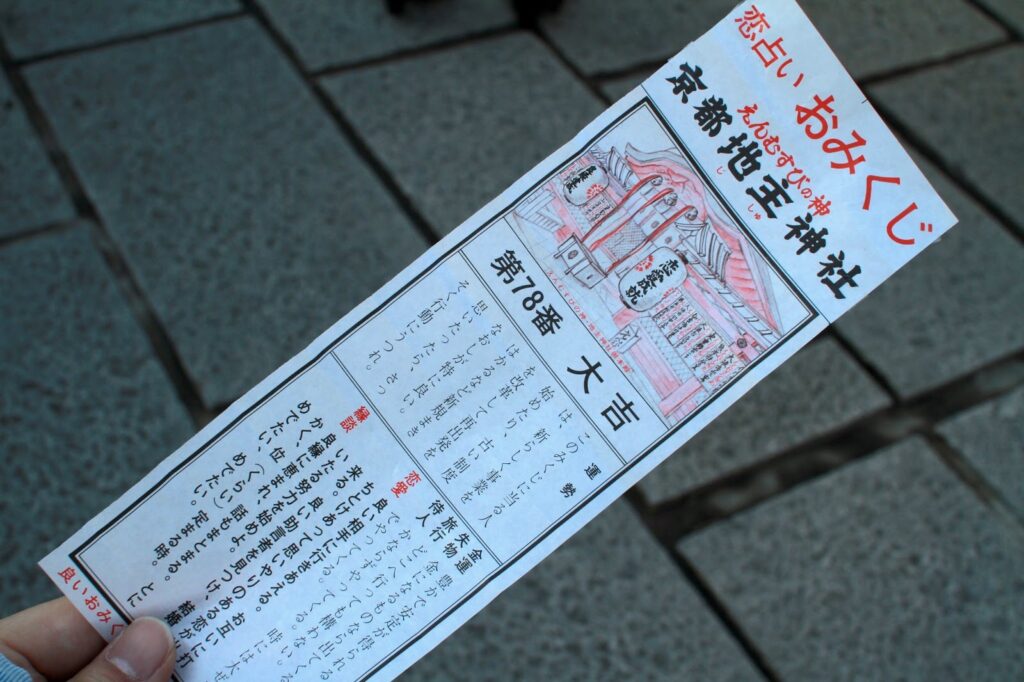
Q25 What's an Omikuji?
Omikuji are sold in shrines and temples. They are very long pieces of paper on which a fortune is written. It generally contains expressions about health, work and wellness. The temples and shrines have a place to tie up bad fortunes in case you draw a bad lottery. If you draw a good fortune, keep it with you and keep it safe.
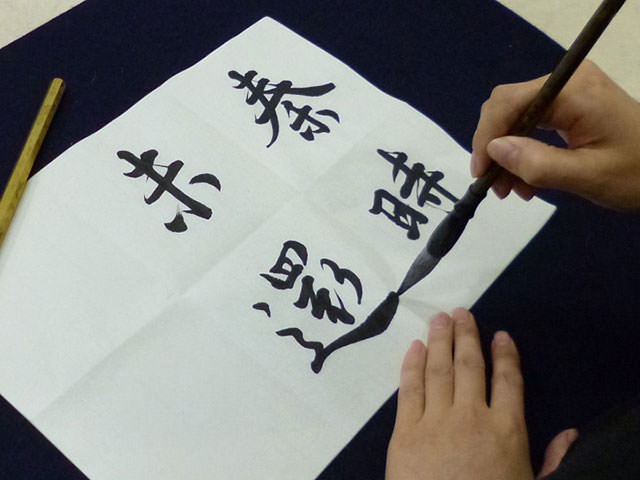
Q26 What is Syodo(calligraphy)?
It is a traditional Japanese art form of writing. It is a school subject many Japanese people choose to take up because of the beauty of the writing. It used to be a way of writing, but it is more of an art in modern Japan than a standard way of wring.
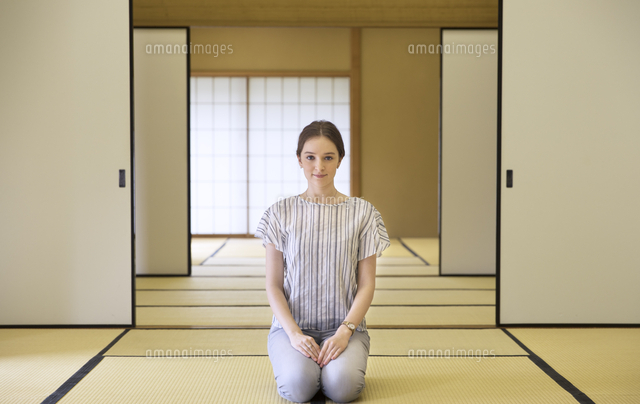
Q27 Why do Japanese people atend to sit upright?
To show respect to others, it has been considered the most appropriate way to sit in formal situations.
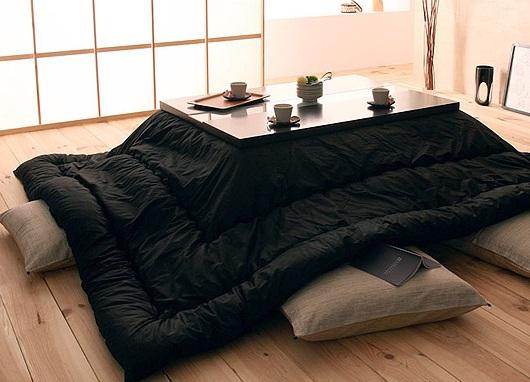
Q28 What is a Kotatsu?
It's a short table with an electric heater and a blanket together. The heater is on the back side of the table and it is also enclosed to prevent heat from escaping. Once you use it, you will want to be as close as possible to a Kotatsu in the winter. Families can spend time together sitting close to each other at the Kotatsu.
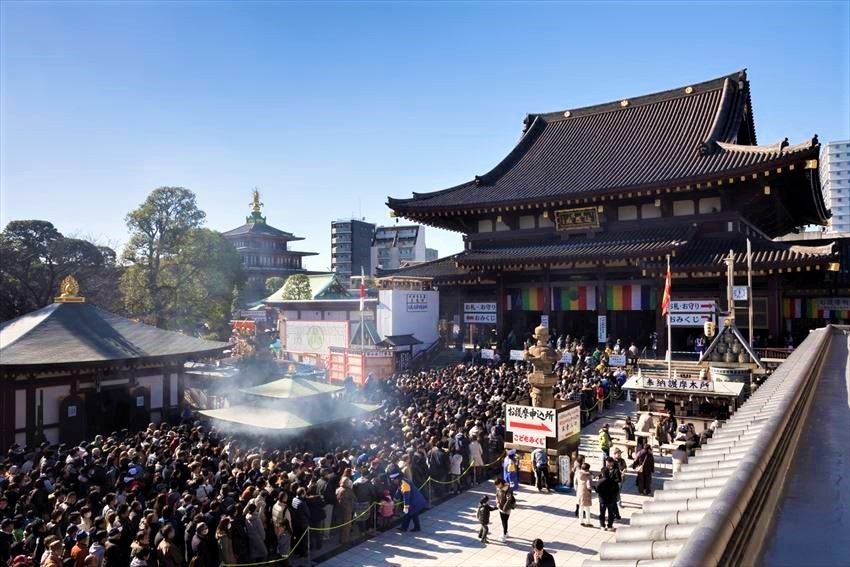
Q29 What is the Hatsumode?
One of the Japanese customs is to visit a shrine or temple at the beginning of the New Year. People make a Hatsumode, a special prayer, to pray for good health and happiness in the new year. Many people do this on the third day of the month (within the first three days of the year). More than 3,000,000 visitors come to the Meiji Shrine in Tokyo for three days.
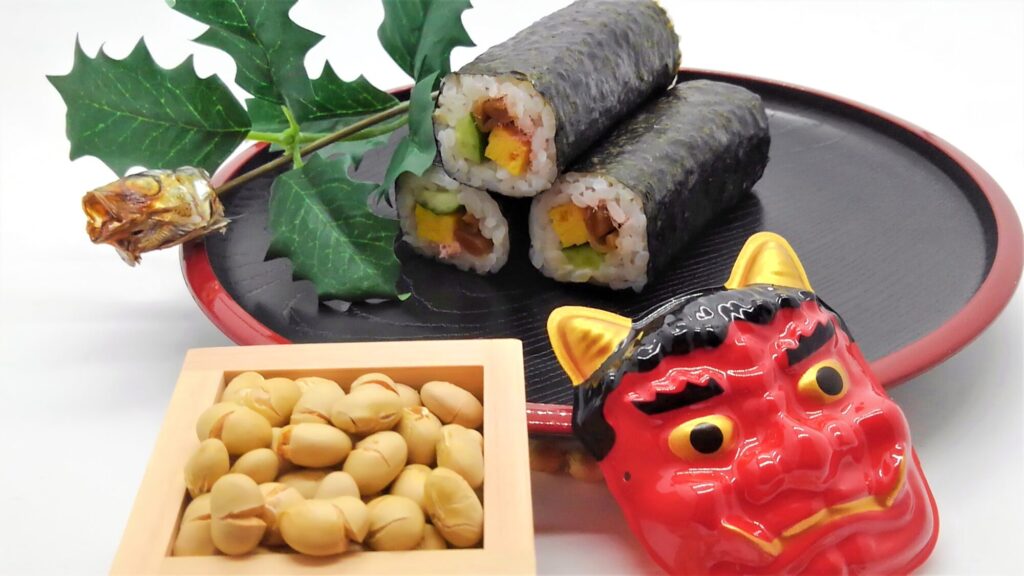
Q30 What is Setsubun?
Setsubun is the first day of spring in the Japanese lunar calendar. On the first day of spring, people perform a ritual to drive out the hiding. The beans that go are cried out to people wearing demon masks. While tossing the beans, they repeatedly say, "Blessed is the inside, devil is the outside". (I don’t understand this very well. What is hiding that people drive out?)

Q31 What is a Maid cafe?
This café has waitresses dressed as maids. They treat customers as if they were the masters of a large mansion with maids. The first maid café opened in 2001 in Akihabara, Tokyo. These cafes emerged with the rise of otaku culture.

Q32 What is Cosplay?
It's a Japanese word short for "costume play". It's dressing up as an anime, game or manga character and pretending to be one. On Halloween night, many young people take to the streets to cosplay. It is closely related to the Japanese entertainment culture, but now it has become a global phenomenon.
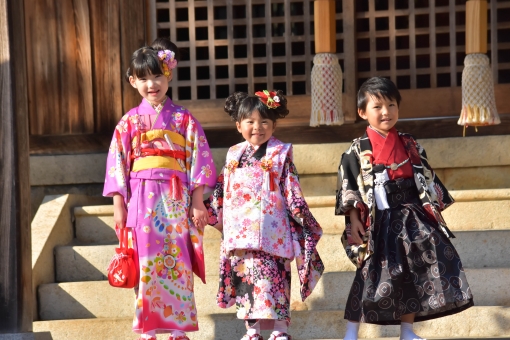
Q33 What is Shichigosan?
It is a ritual that takes place at the milestones of a child's life to wish them well and growth; it takes place around November 15, when girls are 3 and 7 years old and boys are 3 and 5 years old. At that time, the children clean up and go to the shrine with their parents. Afterwards, it is called auspicious (red rice). They eat azuki rice mixed with red beans. (What is called auspicious. You could say, Afterwards, they eat red rice as a symbol for the auspicious occasion. What is the connection to red rice?)

Q34 What is Washi?
Washi is a traditional Japanese paper made from the bark of ki (is this the name of a tree), which is unique to Japan. Washi is listed as a Japanese craft by UNESCO as an intangible cultural heritage. Ukiyoe and calligraphy are made from Washi. Since the fiber is very strong, Japanese paper can be sewn together, and it was used for armor in ancient times.
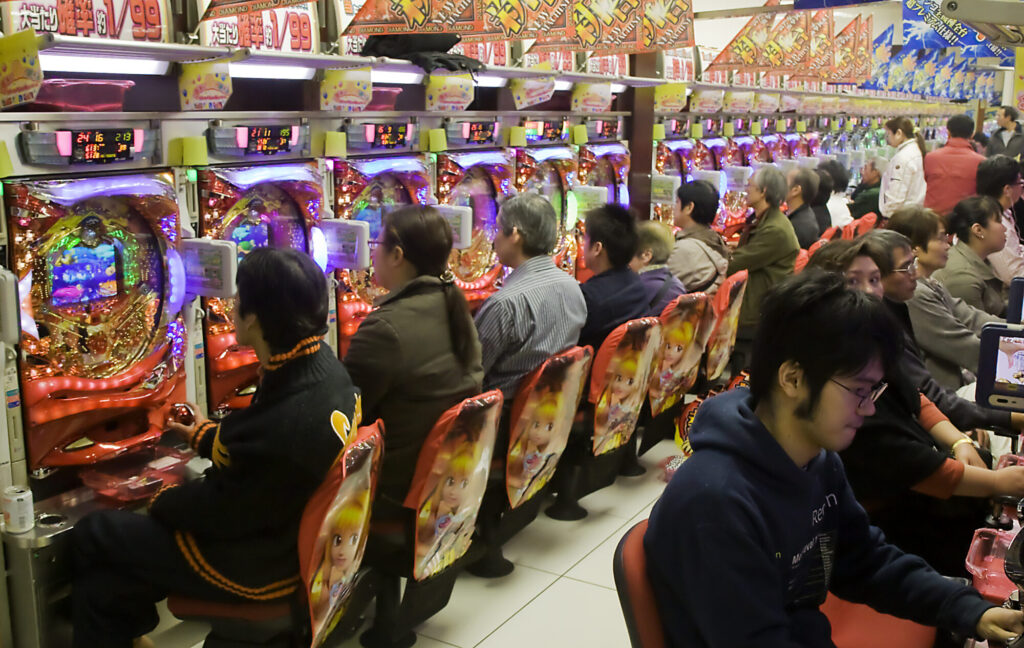
Q35 What is Pachinko?
It is a game that looks like a combination of pinball and slot machine. Gambling in Japan is forbidden by law. Since you don't receive your winnings directly from the pachinko shop, pachinko is not legally considered a gambling game. If you win in pachinko, you will receive prizes such as gold or silver.

Q36 What is "Dogeza"?
Dogeza is bowing on your knees until your forehead touches the floor. Kneeling is a way of showing respect to people in high society. It is a way to show respect for people in high society and has been a part of Japanese culture for a long time. I've never seen people do this before, except on TV shows or when their friends are joking around. These days it's almost unheard of.

Q37 What is an Otaku?
It is often translated as mania. There are many types of otaku people, or geeks: anime geeks, idol geeks, train geeks, and video game geeks. They spend much more time, money, and mental energy on the things they love to do than most people. Nerds have amazing knowledge about their favorite categories.
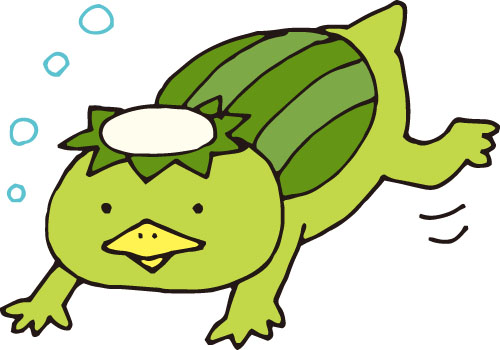
Q38 What is a Kappa?
It is a legendary animal that lives in the rivers of Japan. You could say it looks like a male mermaid. No one believes in it, but there are still reports of kappa sightings in the media from time to time. If you order a kappa roll at a sushi restaurant, you'll be served a cucumber roll, the kappa's favorite food.
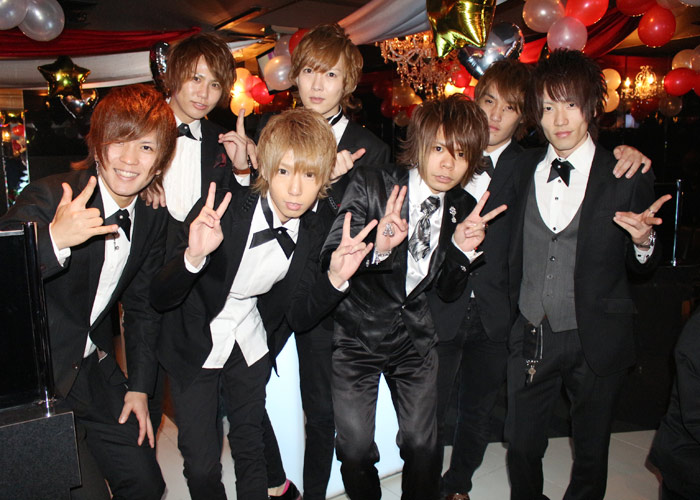
Q39 What is a Host?
A host is a man in a club or bar who pours drinks, converses, and entertains his female customers. A male club is a nightclub that provides women with a male companion. They make women happy by listening, flattering them and treating them well. Conversely, there are also cabaret clubs where women in glamorous dresses entertain men.
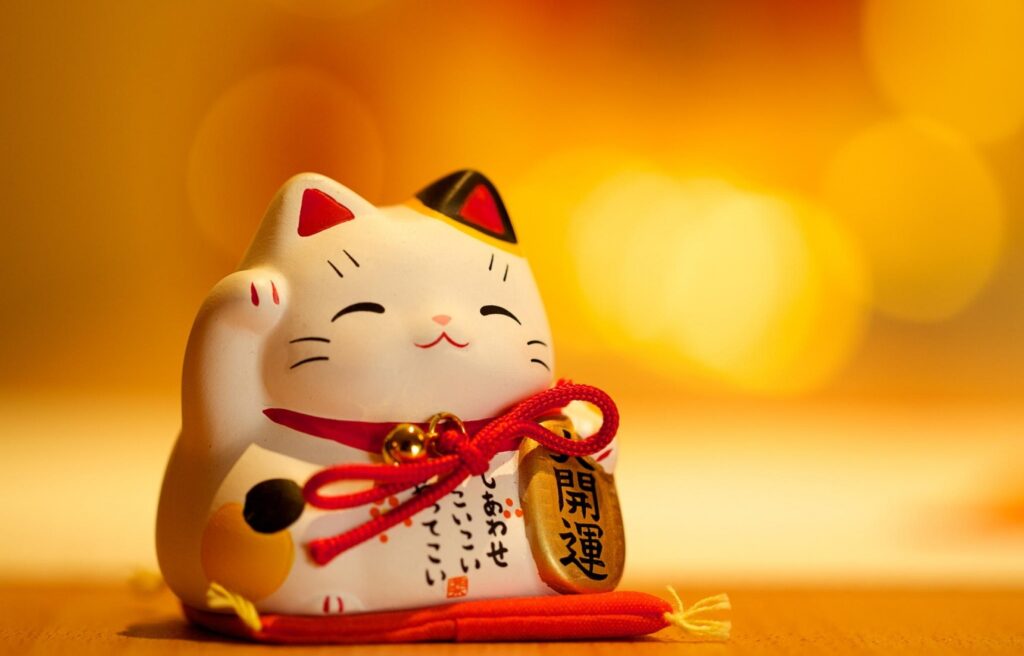
Q40 What is a Manekineko?
It is a very popular good luck charm in Japanese and Chinese culture. It is a small statue of a cat that is believed to bring good luck and wealth to its owner. The cat with his right hand up beckons money and the cat with his left hand up beckons customers. You can often see them on display in restaurants, shops and businesses.

Q41 Why are all sumo wrestlers fat?
They are getting bigger and bigger because they are getting stronger, which is not the same as being fat. They just look fat, but they are packed with muscle inside. The heavier he is, the stronger he is in sumo. A wrestler has to be big enough to push his opponent out of the ring.

Q42 What's a Bonenkai(year-end party)?
The meaning of the word is "Let's forget about the year". It is a party held in December among friends and colleagues to celebrate the year. It's like a part of the job, and company employees often have a year-end party with their business partners. It's also an opportunity to get together with friends in your hometown.
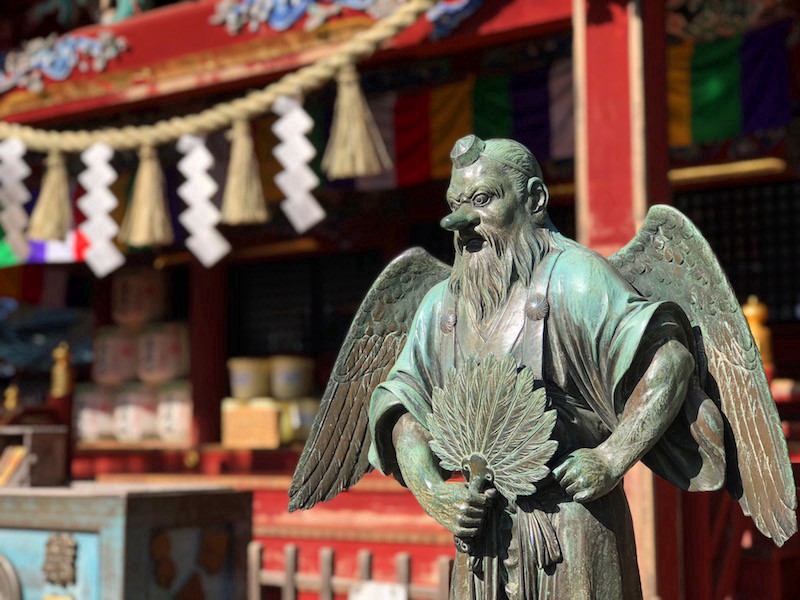
Q43 What is a Tengu?
Tengu are imaginary creatures that take the form of humans. In Japanese folktales, they have young skin, white hair and a long nose. Tengu are recognized as demons or monsters. They are sometimes referred to as "Tengu" for their self-delusion.

Q44 Why are Japanese trains so punctual?
One of the reasons is the high level of technology in Japan. Japanese people are generally very punctual. Punctuality is very important for the Japanese.
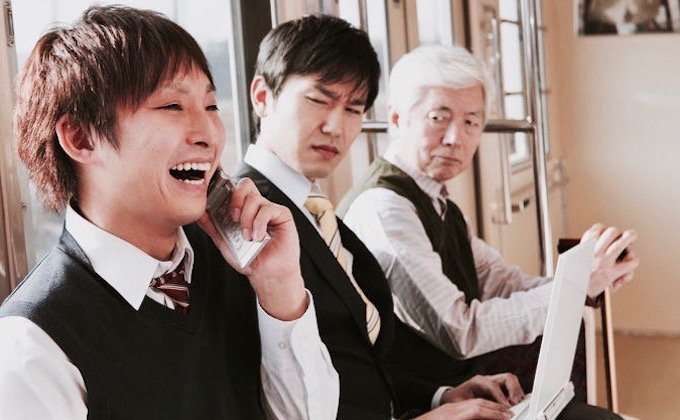
Q45 Is it prohibited to talk on the phone on the train in Japan?
This is the spirit of train etiquette in Japan. Banners and announcements are posted everywhere. Talking on the phone is considered impolite, but there is no problem with texting and surfing the internet. The Japanese are so considerate of others that they usually don't talk on the phone when they get on the train.
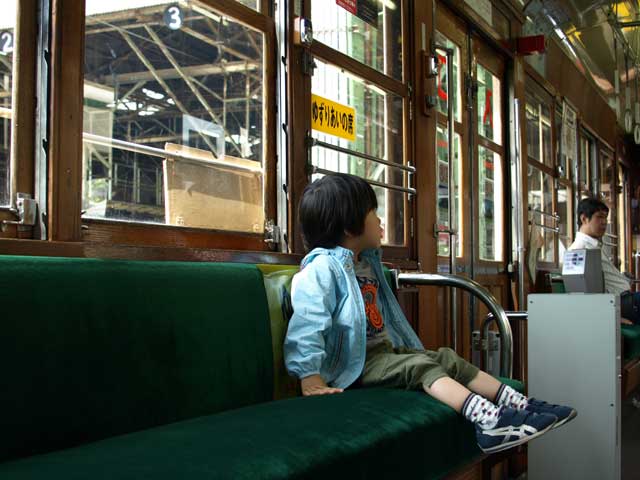
Q46 I saw a child on the train by himself. Is this common in Japan?
Yes, it's very common in Japan. Many children get on the train alone. They take the train to a school called "after-school cram school". For this reason, Japan is said to be a very safe country.
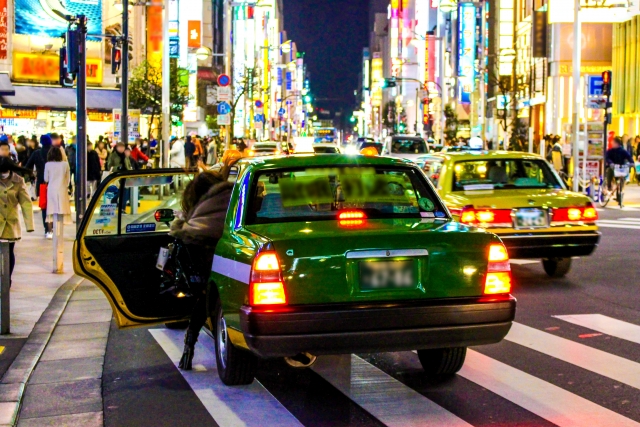
Q47 Why do Japanese taxis have automatic doors?
Automatic doors are used to make the ride in a taxi easier. It is said that the inventor of automatic doors came up with the idea after taking a taxi on a rainy day. The purpose is to allow the driver to open and close the door without having to leave his or her seat. Even if you have your hands full, it's convenient to take a taxi.

Q48 Why are taxis so expensive in Japan?
Because the Japanese government sets minimum fares for taxis. We think we are paying for safety first and foremost. They are not cheap, but they are a very reliable and convenient vehicle among travelers. In Tokyo, starting in 2017, a taxi ride cost between 410-730 yen.

Q49 Should I stand on the right side of the escalator?
There is an unspoken rule that you have to leave one side of the escalator open to allow people to pass. In Tokyo, you stand on the left side of the escalator and leave the right side open. In the Kansai region, it's the other way around. Escalator manufacturers advise people to just stand and hold on to the handrails and not walk on the escalators.
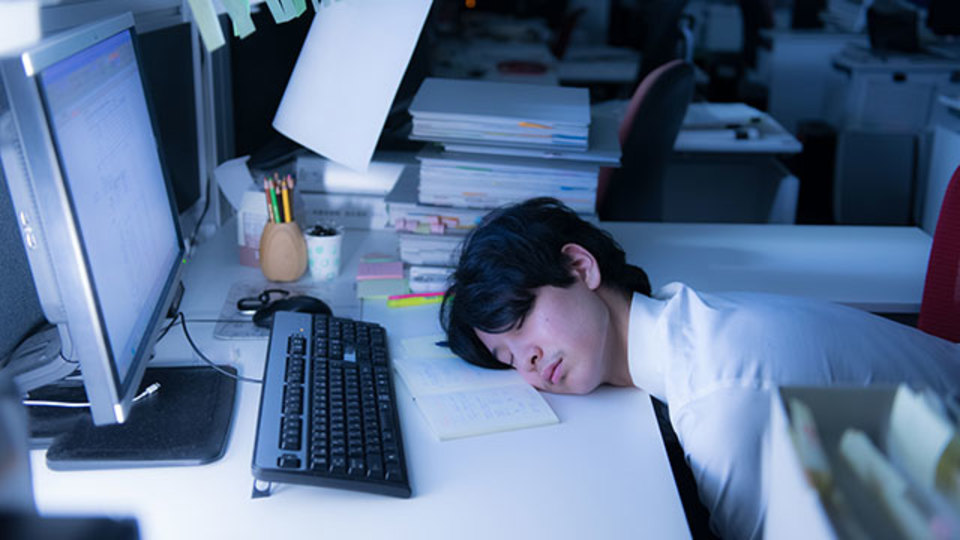
Q50 Why do the Japanese work so many hours?
It's one of the biggest social problems in Japan. Basically, it's because the workload is too much.
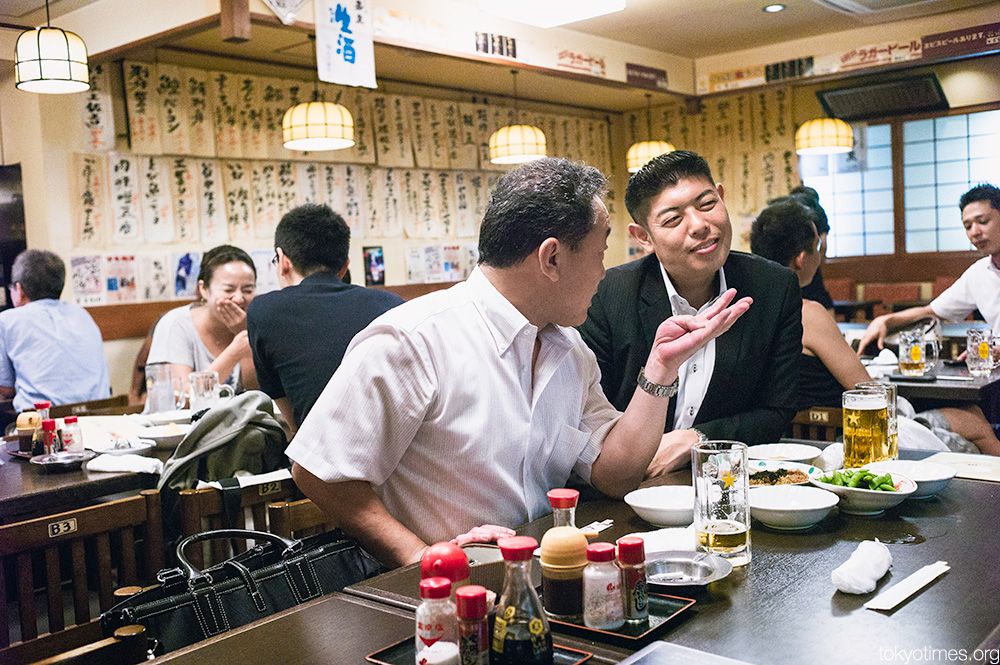
Q51 Why do Japanese salarymen hang out together after work?
It's a team building exercise. It's important to have group cohesion. Especially when you get down to business, Japan has a culture that places a lot of importance on the group. If your boss invites you to dinner, it's hard to say no.
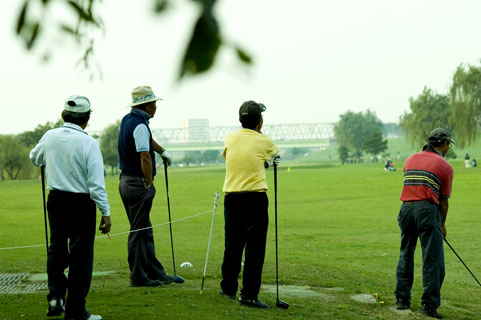
Q52 Why do Japanese people play golf with their business partners and clients?
People often use golf to entertain guests and clients. In Japan, golf is an essential part of business. Managers often get to know each other on the golf course. Golf is one of the most common ways to get to know people.

Q53 How much vacation time can I take in a year?
Saturdays, Sundays, and holidays combined, there are nearly 120 days off. Most people take less than 10 days of paid vacation a year. The most common holidays are New Year's break, summer vacation, and Golden Week, all of which are about 5 days long. Students have about 4 weeks of summer vacation.

Q54 What time do you work?
It depends on your profession. Most office workers start work at 9:00 am and get done around 6:00 am. Some work overtime and work until 8 or 10 or even later. In recent years, deaths due to overwork have become a social problem.

Q55 What is the most popular sport in Japan?
Soccer has become very popular in Japan in recent years. Tennis has also become very popular recently. Some people say that sumo wrestling is number one. Baseball used to be the most popular sport for children.
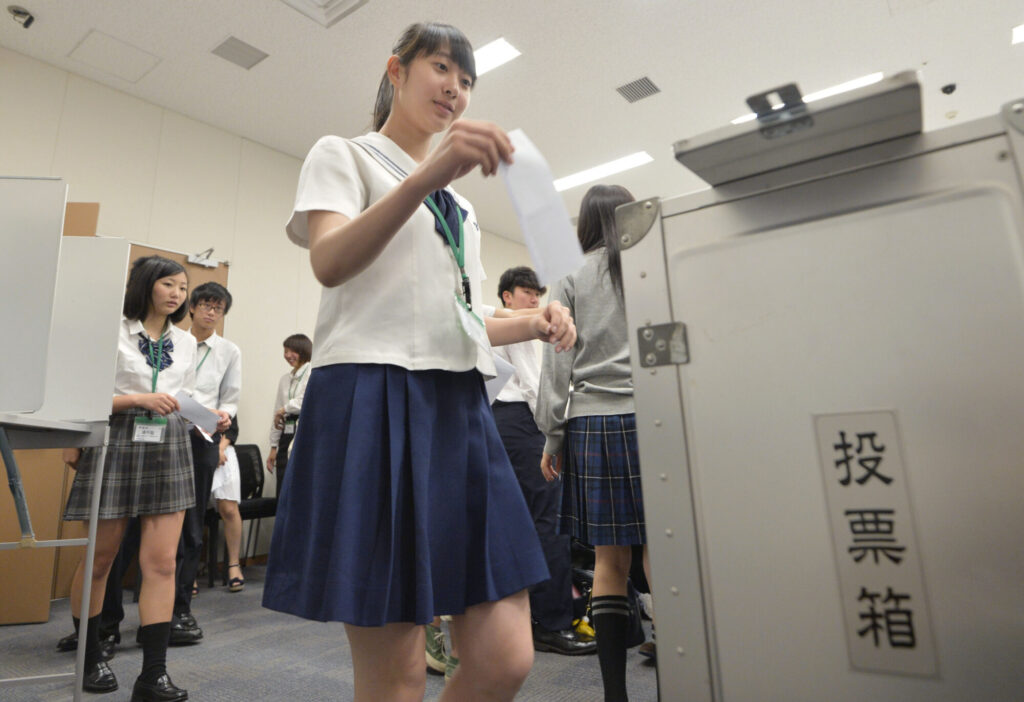
Q56 Why aren't young people in Japan interested in elections?
Because earning money is a higher priority than politics, and it is a peaceful country. It is true that many people don't go to the polls, but there ayoung people who are interested in politics.

Q57 Why do Japanese people live so long?
It is because all people have access to affordable health care. Most of the people in Japan are covered by the insurance system. Traditional Japanese food is said to be good for one's health. Regular health check-ups are commonplace in Japan.

Q58 What is the average age of marriage in Japan?
The average age of someone’s first marriage in Japan was about 30 years old in 2015. The average age has been increasing every year. Some people believe that marriage is meaningless. The unmarried rate among Japanese is rising rapidly.
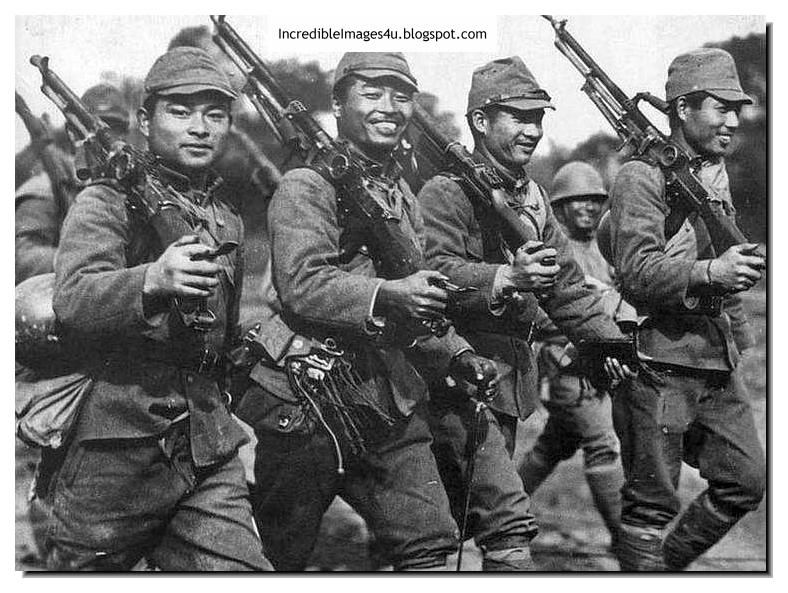
Q59 Is there a draft system in Japan?
There was a draft system in place during World War II, but it doesn't exist anymore. Japan gave up the right to use the military as a means of settling disputes. That is written in Article 9 of the Constitution. We don't have a draft, but the people of the Self-Defense Forces are defending our country.

Q60 Is it true that it is difficult to get into a Japanese university, but it is easy to graduate?
It's because the entrance examinations are very difficult. High school seniors spend their junior year of high school studying for university entrance exams. I think it depends on the initiative, but it's the same in Taiwan. In Japan, job hunting starts at the end of the junior year and universities tolerate it.
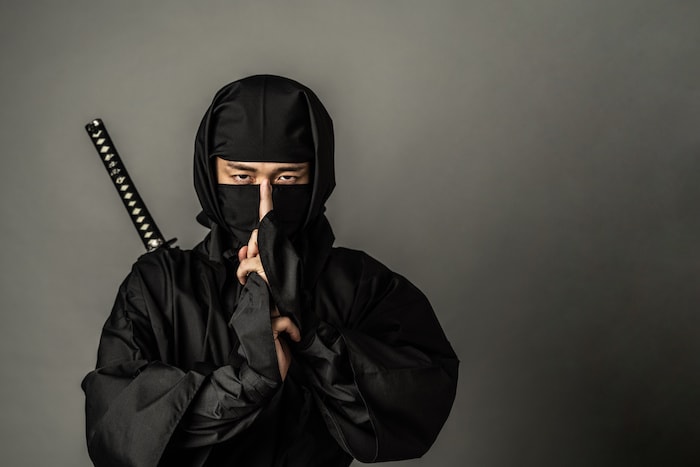
Q61 Where can I see a Ninja?
Unfortunately, there are no more living ninjas. If you go to a tourist attraction called the Ninja Village, you can see ninjas. Ninjas were used for infiltration, sabotage and assassination many centuries ago.

Q62 Do people in Japan divide any costs between them when they go on a date?
Some young couples do, but it depends on each couple. In many cases, the man may also pay for the woman's share. Many men and women feel more comfortable splitting the money up.
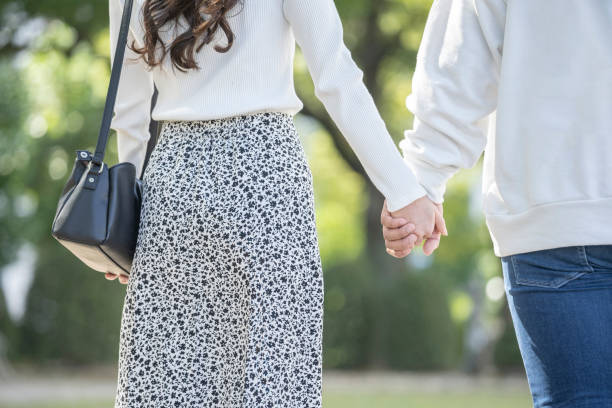
Q63 Why don't Japanese couples hold hands?
Some older people think it's rude. They may just be embarrassed to hold their partner's hand. Many couples do hold hands, so it depends on the person and the generation.
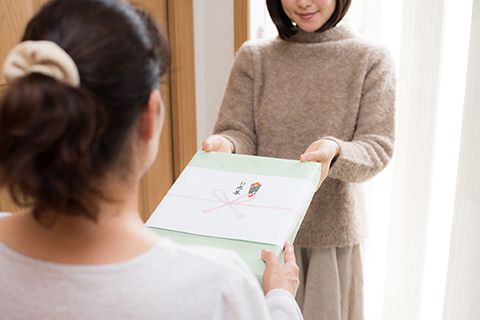
Q64 Why don't the Japanese open their gifts on the spot?
Some people think it's bad manners to open them on the spot. It is considered impolite to open a gift in front of someone.
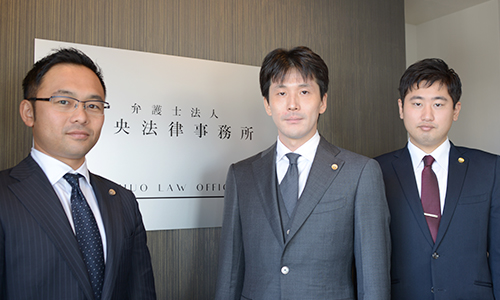
Q65 Why do the Japanese call someone who is not a teacher "Sensei" (Teacher)?
Sometimes people are called "Sensei" to flatter or to make fun of them in a blunt manner. Doctors, novelists, lawyers and politicians are sometimes called (sensei) in Japan. Some people do so to show respect for that person. Some older people call people that when they are doing it.
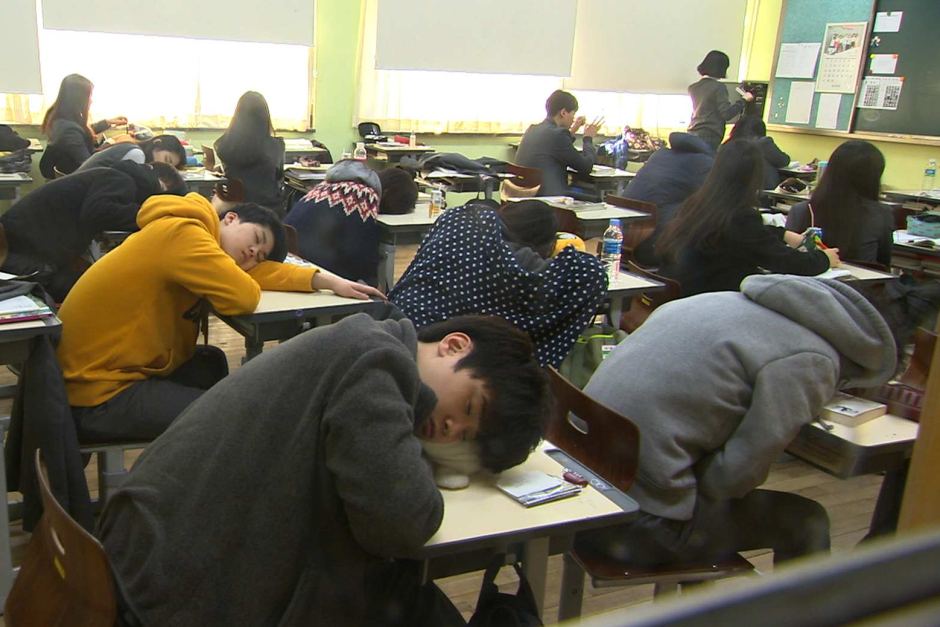
Q66 Why do Japanese students sleep in class?
In a boring class, it can be difficult to stay awake. It's because many students stay up late because of social networking and smartphone games. There are plenty of serious students as well. Maybe it's because they can get credit for their projects as long as they attend.

Q67 Why do Japanese people like taking a bath so much?
Perhaps one reason is the Japanese climate. During the cold winter months, people take a bath before going to bed to warm themselves up. In the hot and humid summer, people sometimes take a bath in cold water to cool off after a long day's work. A bath is a great way to relax.

Q68 Many people look tired, but do Japanese people sleep properly?
Many businesspeople come home very late and have very little time to sleep. According to one study, the actual average person sleeps for 7 hours and 15 minutes. It varies from person to person. It also varies by age and occupation.

Q69 Why don't Japanese people display family photos at work?
Maybe some people don't want to talk much about their family at work. They want to keep their work and personal lives separate. They don't want people to think they are bragging about their family.
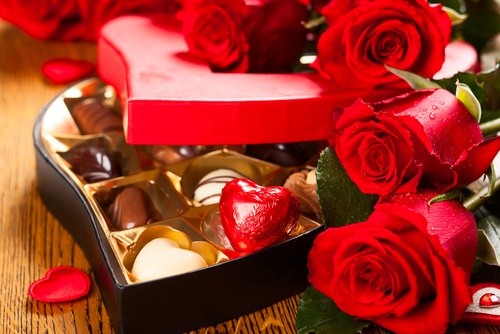
Q70 Why do women give chocolate to men on Valentine's Day?
It's a Japanese tradition on Valentine's Day. Women win men's hearts with chocolate. In January, department stores and convenience stores begin to have large displays of chocolates.
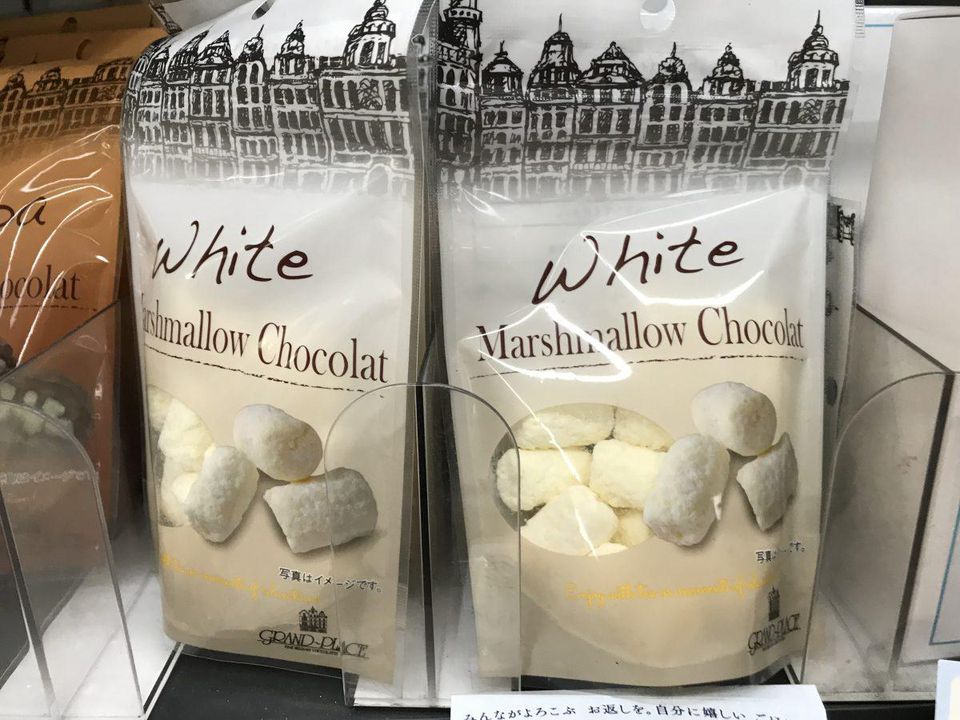
Q71 What is White Day?
White Day falls on the fourth day of March, just one month after Valentine's Day. On White Day, men are supposed to send their women chocolates in return for the chocolates they received on Valentine's Day. Because of the name White Day, the color of the chocolate is often white. This White Day tradition is said to exist not only in Japan, but also in Korea and Taiwan.

Q72 Why do Japanese adults read manga?
Japanese manga is not just for children. There are a lot of manga series that are targeted toward adults and cover topics such as business and investment. There is a surprisingly large variety of manga in Japan.

Q73 Why do Japanese men speak ill of their wives in public?
In Japan, some older men think it is polite. Some say it's just to hide their embarrassment. But that doesn't mean they don't love their wives.

Q74 Do many people still sleep under the futon?
The number of people using futons is decreasing. However, futons are part of the traditional Japanese way of life. Japanese bedding is also intended to be laid on top of tatami mats as a kind of comforter. Futons are convenient because they can easily be stored in a closet.
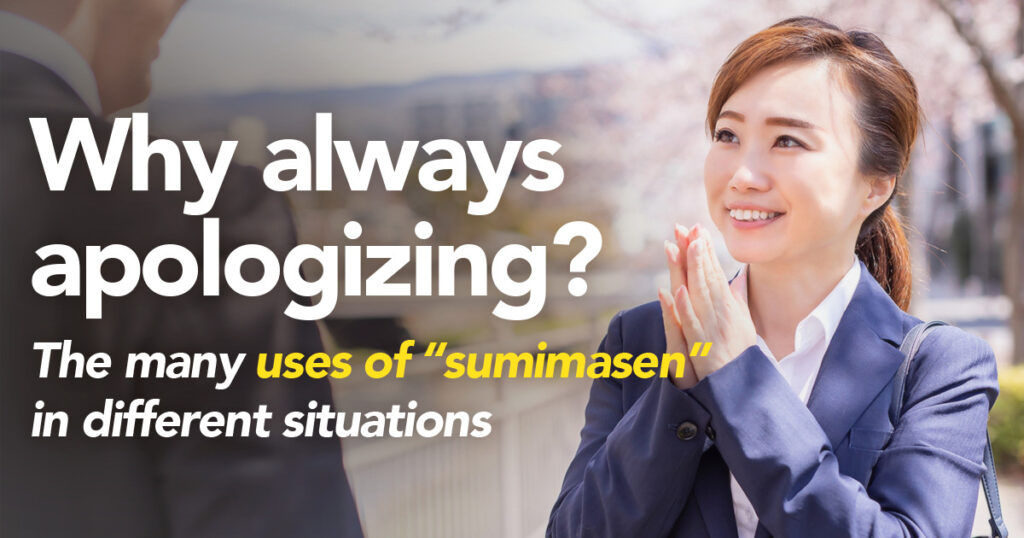
Q75 Why do Japanese people say "Sumimasen(I'm sorry.)" when they say "Arigato(Thank you.)"?
"Sumimasen" implies an apology. It can also be used to express gratitude. What we mean is our appreciation and apology for the time and effort spent on it. In some cases, it can have more than one meaning.
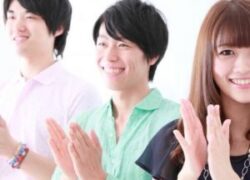
Q76 Why do Japanese people like to give praise, but not receive it?
Japanese people consider it polite to offer praise, but it is considered rude to accept it. It is considered best to accept praise with a great deal of humility.
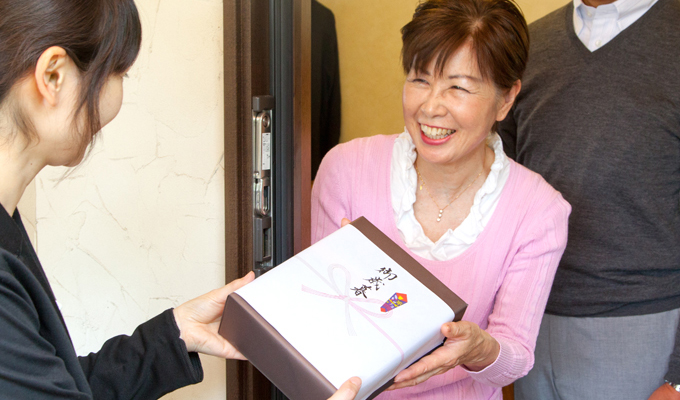
Q77 Why is it that when you give a gift, it is boring?
Because Japanese culture emphasizes the virtue of humility. Even if the gift is not trivial, it is meant to show humility. It's customary to speak ill of a gift before accepting it.
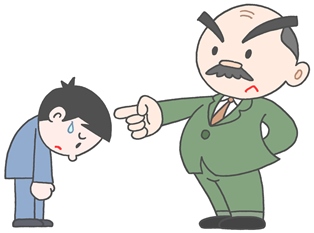
Q78 Is it true that there is a hierarchy of seniors and juniors?
When a younger person speaks to an older person, a term called "honorific" is used to show respect. In East Asian countries such as China, Japan and South Korea, respect is shown to older people. This may come from the Confucian spirit.

Q79 Why do the Japanese like to ask about people's blood type?
Some people believe that blood type is related to a person's personality and nature. They just enjoy making predictions based on a person’s bloodtype. At the same time, many people know that there is no scientific basis for that interrelationship. Some people use it as a conversation starter.
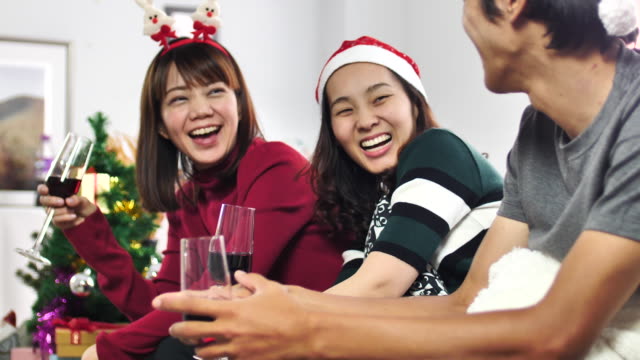
Q80 Why do you celebrate Christmas if you are not a Christian?
Many Japanese people just enjoy the celebration. Many people see it as a seasonal event rather than a religious event. Maybe enjoying Christmas is a cultural thing for us. We look forward to good food and exchanging gifts.
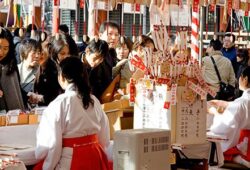
Q81 I've heard that many Japanese people don't have any religion, is it true?
Is it true? One is Shinto and the other is Buddhism. It is true that not many people go to shrines and temples every week, but that does not mean that they are not religious. Many people go to visit shrines and temples on New Year's Day. This may be especially true among young people.
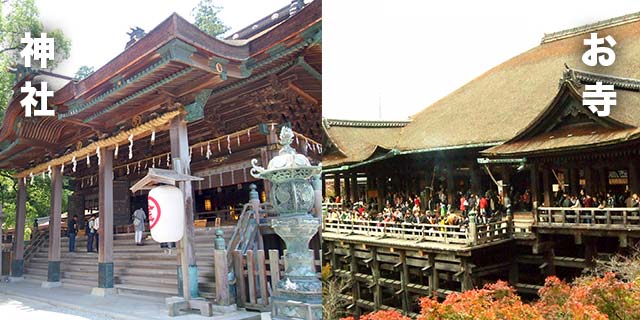
Q82 Do Japanese always go to temples and shrines?
Many Japanese do not visit temples and shrines every week. They go to shrines and temples when they need to, for example for festivals, ceremonies and funerals. In Japan, many people visit shrines during the New Year's holidays. During festivals, many people gather at shrines.

Q83 What do you do in a shrine?
Shinto shrines are institutions of veneration of spirits supposedly found in nature. All shrines have a torii gate. Before entering the torii, people should bow. After passing through the torii, people should wash their hands and mouth at a fountain or in a public bathroom at the shrine for purification. When praying, people ring a bell, bow twice, clap their hands twice, and bow once more.

Q84 What do you do in the temple?
A temple is a Buddhist institution. There is a Buddhist statue in the temple and a monk lives there. At a temple, people bow at the temple gate. Unlike shrines, however, people do not clap their hands.
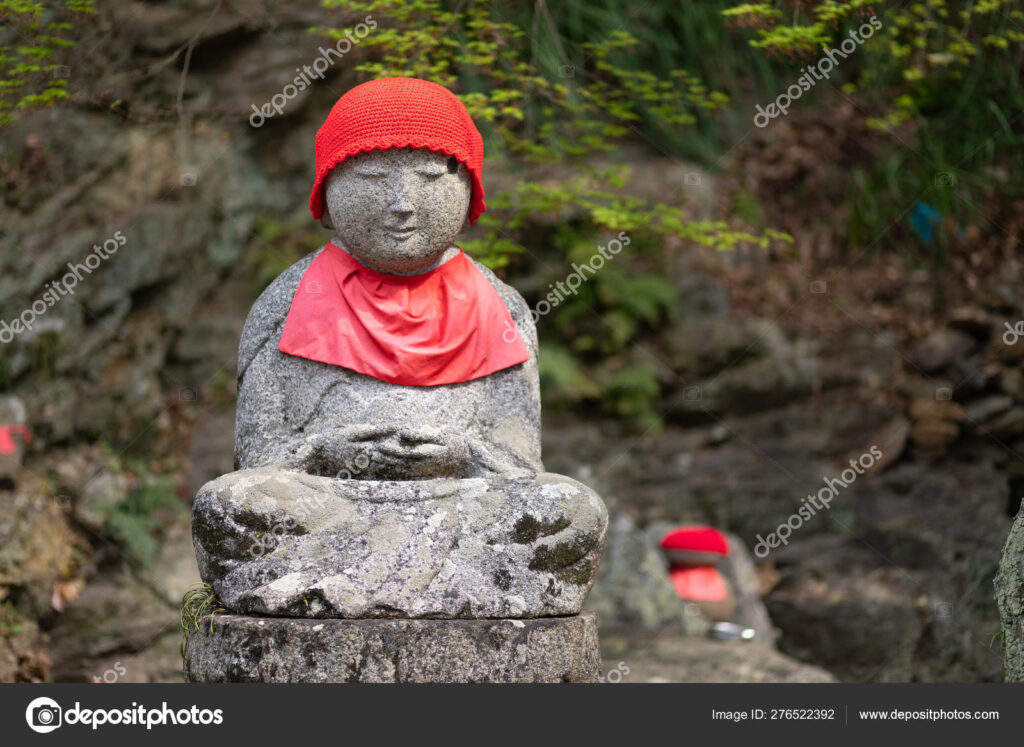
Q85 What is a Jizo?
A Jizo is one of the most common Buddhist statues in Japan. Jizo is represented as a small statue of a monk. Jizo watches over people to make sure they are healthy and safe. People leave flowers or sake at a Jizo as an offering to it.

Q86 What is Zen?
The original meaning of the word is Zen Buddhism, a branch of Mahayana Buddhism. Some people use the word zazen to mean meditation. In Japanese, za means to sit, and zen means meditation. Some people think that Zen is an awakening of the spirit.

Q87 What is the difference between Karate and Judo?
Karate is an aggressive martial art that involves attack. Judo is a purely defensive martial art Judo is more about throwing techniques. Both martial arts originated in Japan.

Q88 What is Rakugo?
It is a type of gardening through traditional Japanese storytelling. The narrator sits alone on a stage and tells funny stories while playing different people. The narrator uses only sense and tenugui for props. Each story ends with a punchline.
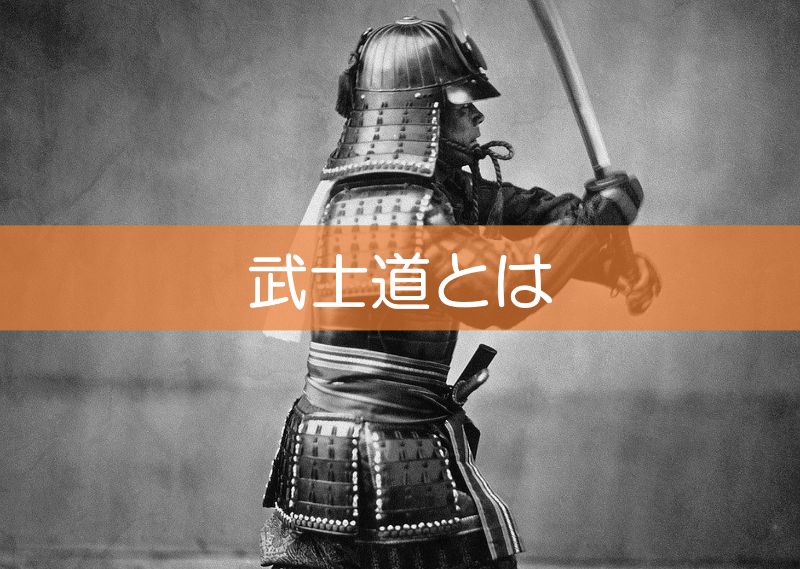
Q89 What is Bushido?
The term describes the code of conduct of the samurai. Literally, it means "the way of the samurai". The term was born out of a samurai's sense of ethics. In the book titled "Bushido" (The Way of the Samurai), it is translated as “Japanese Soul.”

Q90 What is Kaiseki?
It's an upscale, traditional Japanese course dinner. It's not just the ingredients, but the utmost care is taken with the dishes. The combination of ingredients and the way they are prepared is an expression of the Japanese cultural aesthetic. You can feel the respect for the seasons in every dish.
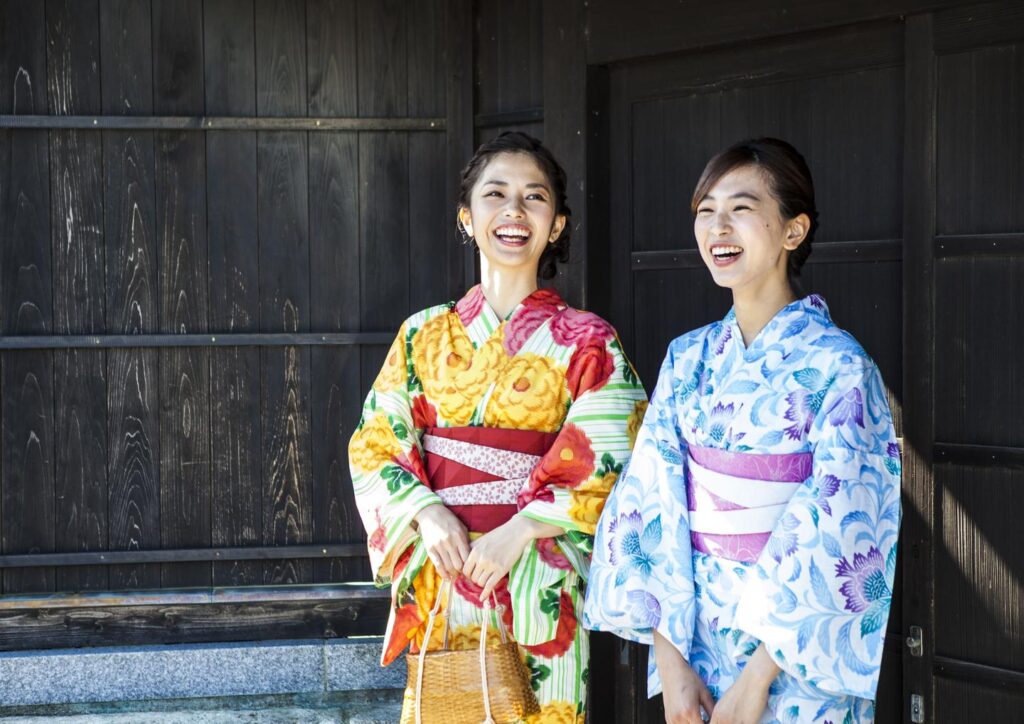
Q91 What is the difference between a yukata and a kimono?
The yukata and the kimono are both traditional Japanese clothing. The yukata can be considered as a kind of kimono. It is easier to put on a yukata than to put on a kimono. The yukata was originally a sleepwear, but now it is often used as a traditional costume for summer festivals.
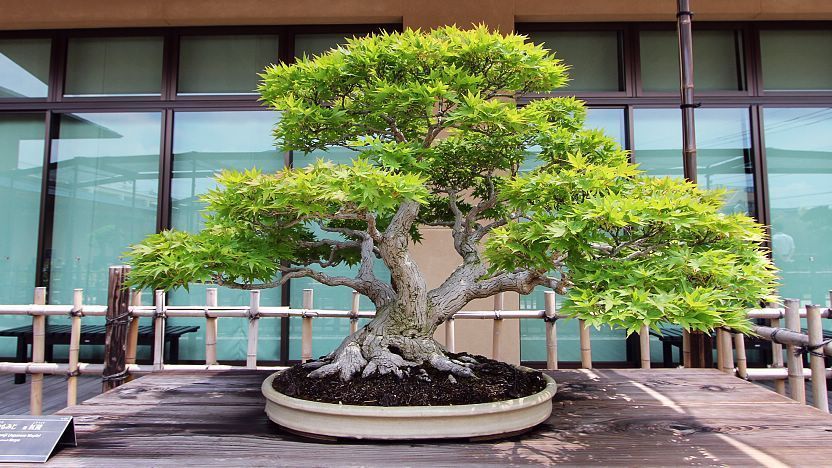
Q92 What is the difference between bonsai and regular gardening?
Bonsai is a special Japanese art form that involves making a ki, or shrubbery like like a miniaure tree. People can keep it small by pruning their ki and grafting branches onto it. Some can take hundreds of years to grow.
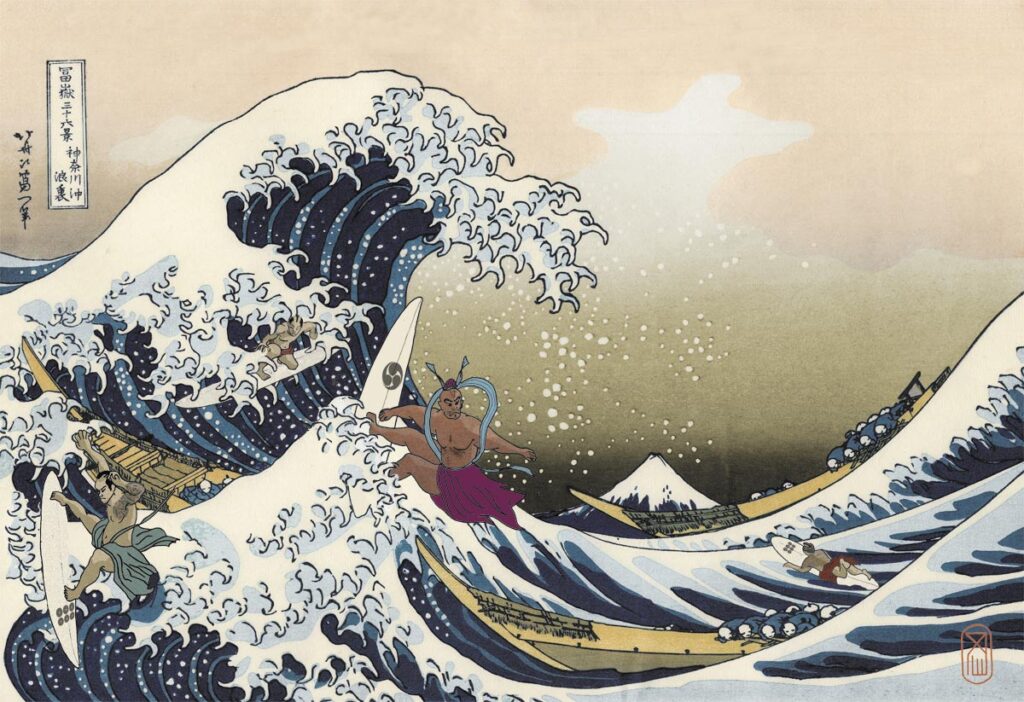
Q93 What is Ukiyoe?
Ukiyo-e is a woodblock print which started around the 16th century. Ukiyo-e was one of the later styles of wood block printing that became very popular around the 18th century. People used it to make leaflets about to travel, kabuki actors and daily life. Ukiyo-e works were introduced to European artists like Monet in the 1850s.
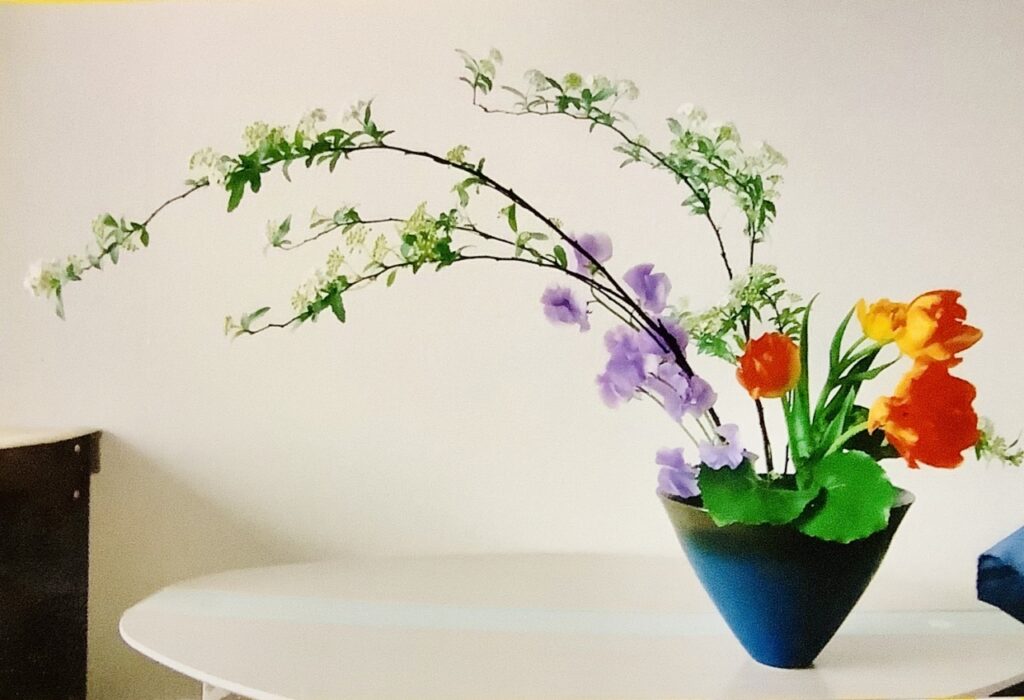
Q94 What is Ikebana?
It is a traditional Japanese art of flower arranging. Fresh flowers are used for the aroma they produce Grass and leaves are also used in arrangements. Its origins are in complex flower arrangements offered to Budhha at various temples. Fresh flowers can often be found in the entrance halls and lobbies of large buildings.
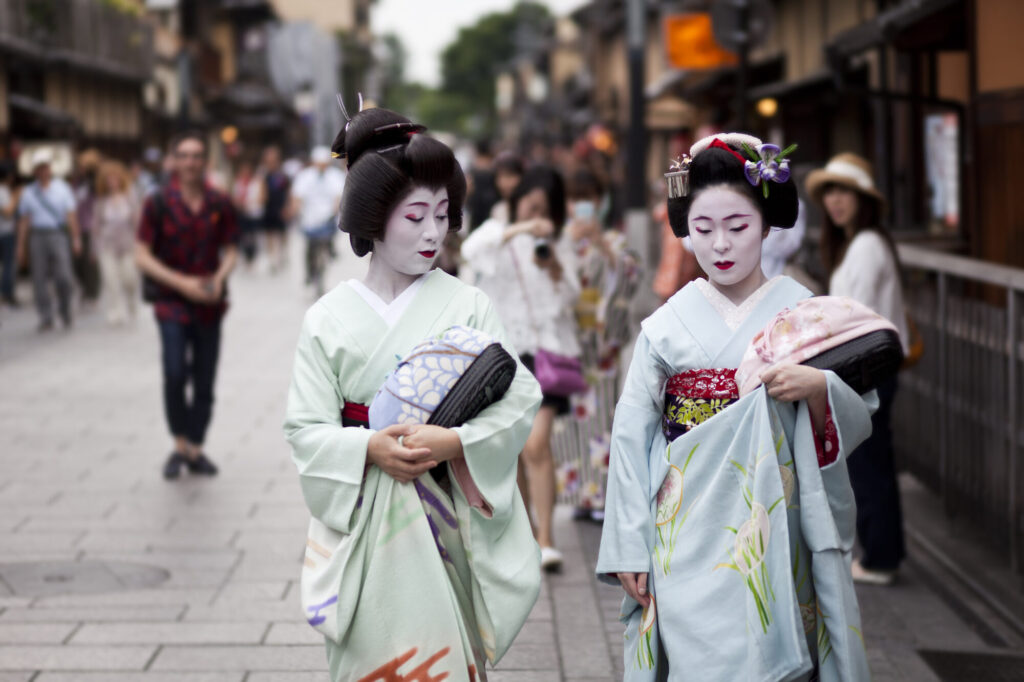
Q95 Where can I find Geisha?
A geisha is a woman who entertains guests with music, dancing and singing. Their makeup is distinctive, with white paint and a red mouth with black accents around the eyes and on the eyebrows. Unlike the samurai, they still exist. Mostly they live in Tokyo or Kyoto. You may spot them on the old streets of Gion in Kyoto.
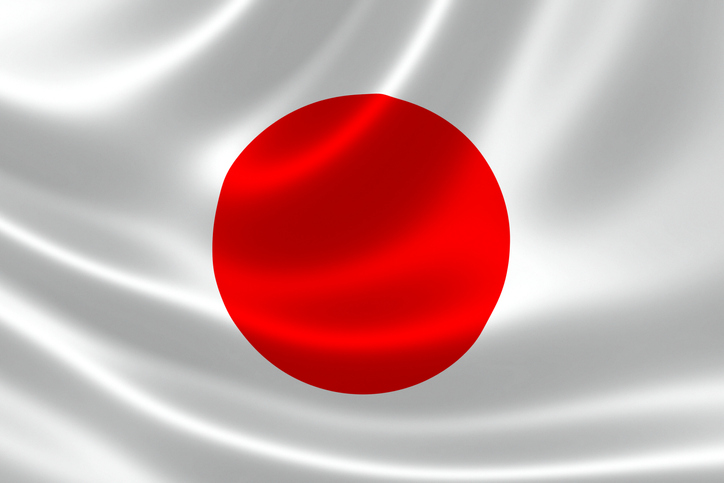
Q96 What does the design of the Japanese flag mean?
The striking red circle in the middle represents the sun. Japan is famously called "The Land of the Rising Sun". The national flag of Japan is made of red and white. These are considered to be the colors of good luck. The combination of red and white has long been a symbol of a sunny day.
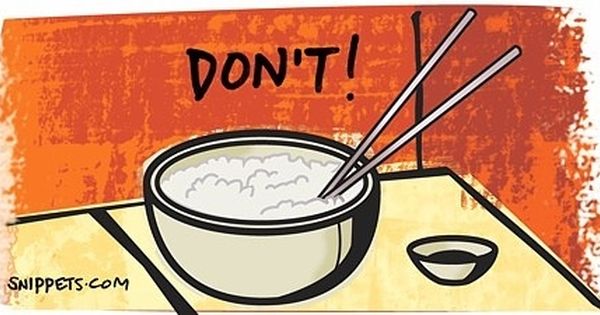
Q97 Is it bad manners to place chopsticks upright in food?
You shouldn't do it because it is considered a sign of bad luck and very rude. You can use the chopstick rest provided at a meal. Sticking chopsticks upright in food when not using them is a sign of death. It is a way to prepare food for the soul of the deceased at the time of death, and it is part of a funeral ritual.

Q98 Why do I say "Moshi-moshi" only when talking on the phone?
Moshi Moshi means "Hello" and is only used during a telephone conversation. Originally, it was used to mean "Can you hear me? You can also use it to answer the phone when you don't want to say your name.

Q99 Why do the Japanese send so many New Year's cards?
We send out New Year's cards to wish our friends a happy New Year. The custom of sending New Year's cards is similar to the custom of sending Christmas cards in the West. The New Year's card has an animal of that new year's zodiac sign printed on it.

Q100 What is a Hanko?
It is a stamp of an individual's name or an organization's name. In Japan they are used instead of signing documents. When you go to a hanko shop, you can order a stamp with your name on it, too.

Q101 Why don't the Japanese speak much English?
Maybe it is because you don't need English to live and work in Japan.

Q102 Why is it that Japanese people are often reluctant to express their opinions?
Some people think it's not humble to express an honest opinion. Maybe the Japanese have a greater ability to understand each other without words. Some say it is a Japanese custom.
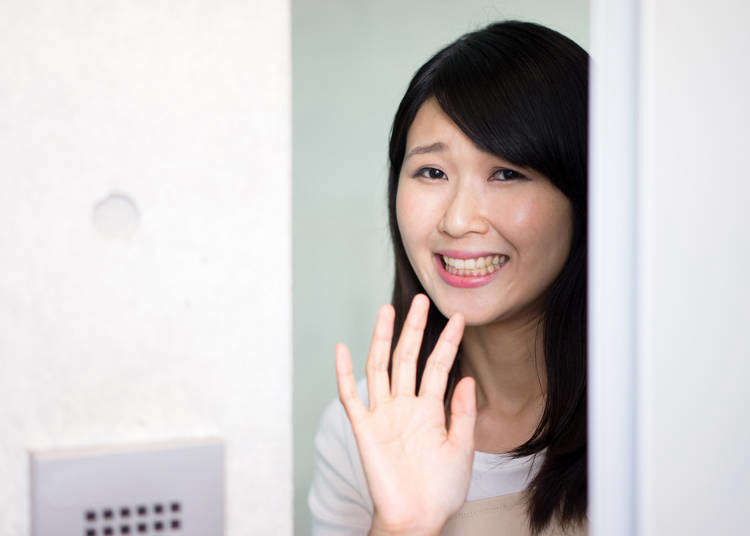
Q103 Why don't Japanese people talk to people who are in trouble?
Many Japanese do people help people in trouble. Some Japanese people may have trouble communicating with foreigners doctors. It may be because there are not many people in Japan who need help in the first place.
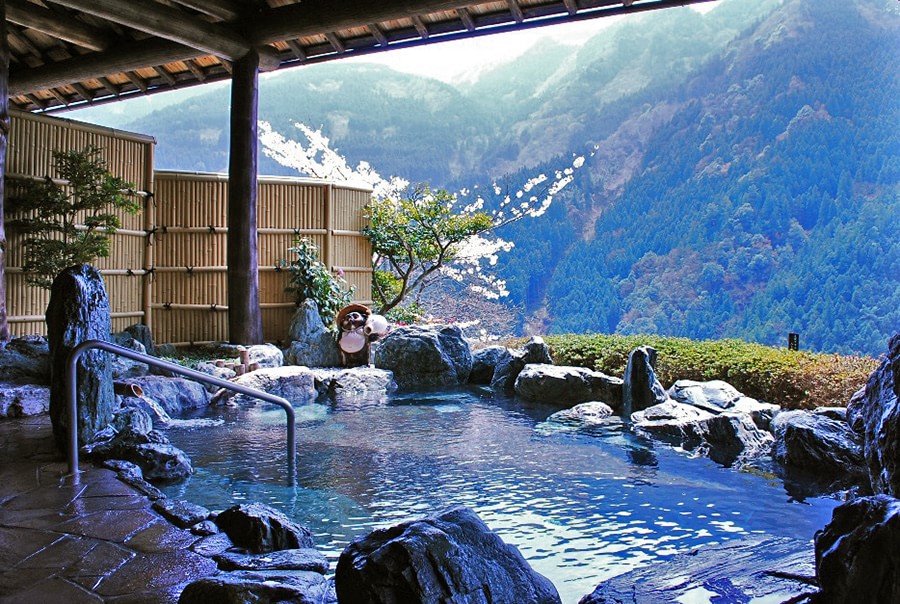
Q104 Why can't people with tattoos go to public baths or hot springs in Japan?
Maybe it's related to the fact that tattoos were, in the past, used as a way to indicate people who were criminals. Tattoos are also associated with membership in the yakuza. Through these associations, tattoos are considered unhygienic. There are lists of public baths and hot springs that can be enjoyed by people with tattoos.





